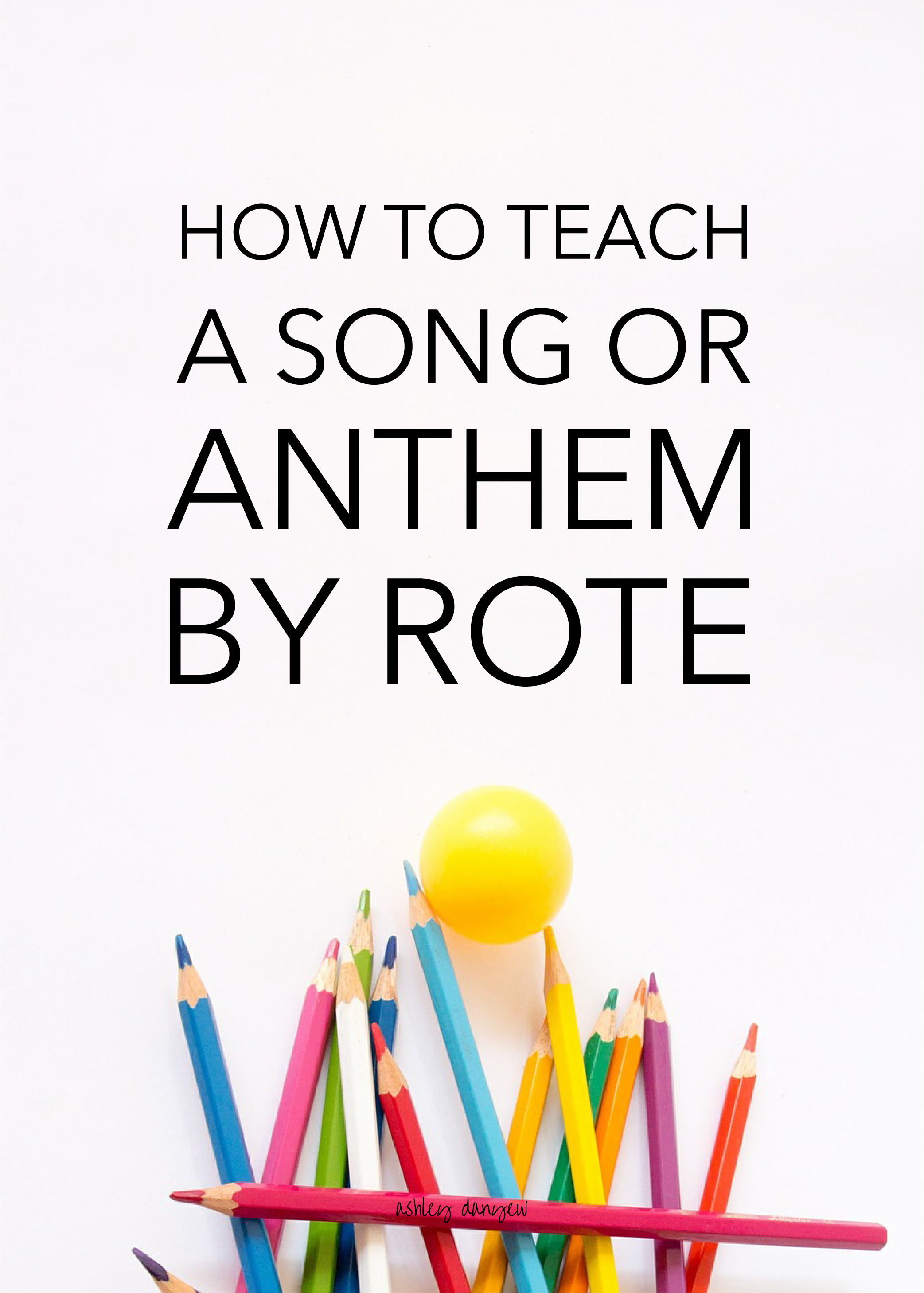Working with young singers can be such a fun and rewarding experience, but it can be challenging to teach a new song or anthem to children who aren't yet reading (words, let alone music!). What do you do? How do you teach something new, quickly and effectively?
For children who are not quite reading, teaching by rote is the way to go.
What is Rote Learning?
Rote learning is based on imitation and repetition (source). This is how young children learn best! Hearing, seeing, and experiencing things over and over again.
If you've spent some time around young children, you know one of their favorite words is "again" - "do it again," "read it again," "sing it again," etc. This is how we learn.
When teaching music (an aural art form), it's important to help children develop their listening skills and auditory memory from the beginning. Teaching by rote is a great way to do this.






![Handbell Notation Guide [Infographic]](https://images.squarespace-cdn.com/content/v1/585c710603596e2c47dad93e/1491403915874-P2UH6FM8J1W1HM4UWP17/Handbell+Notation+Guide-02.png)










